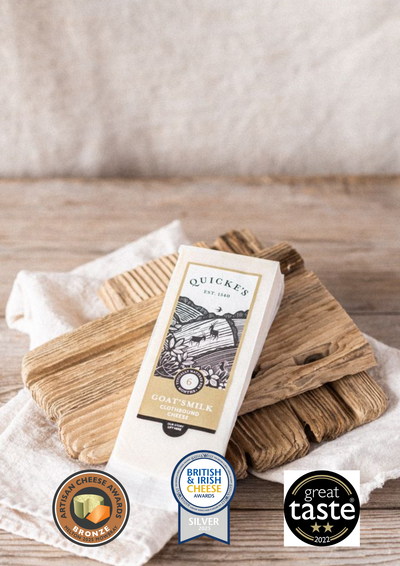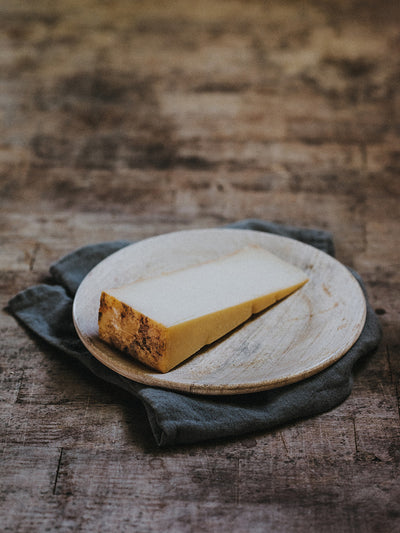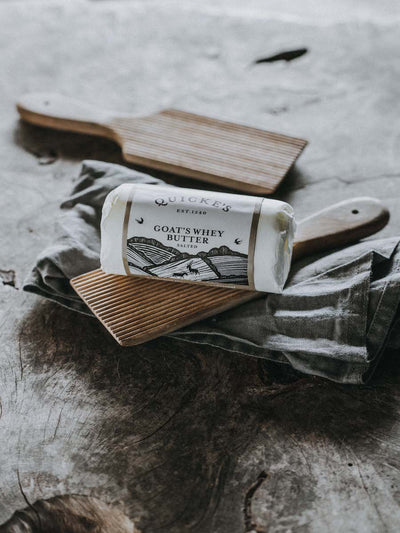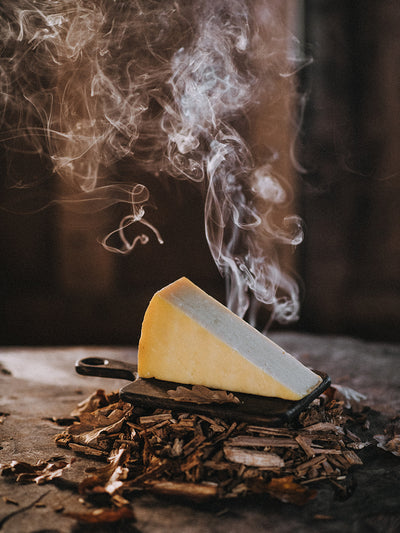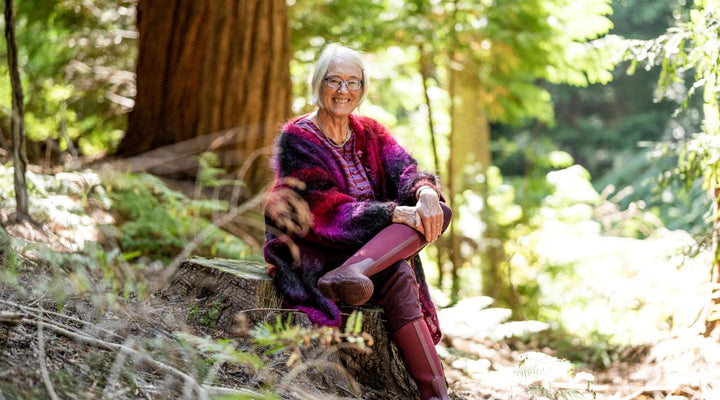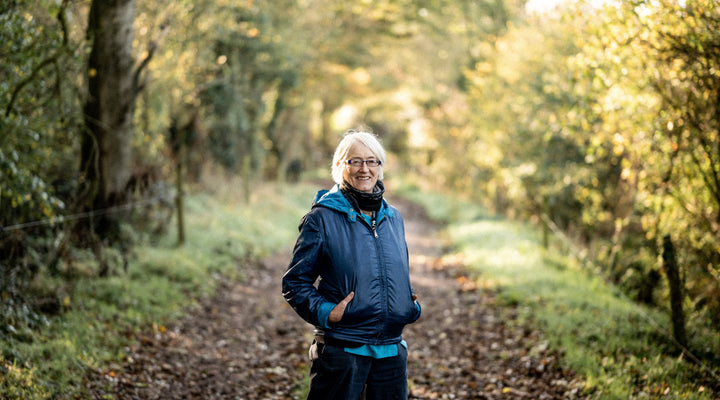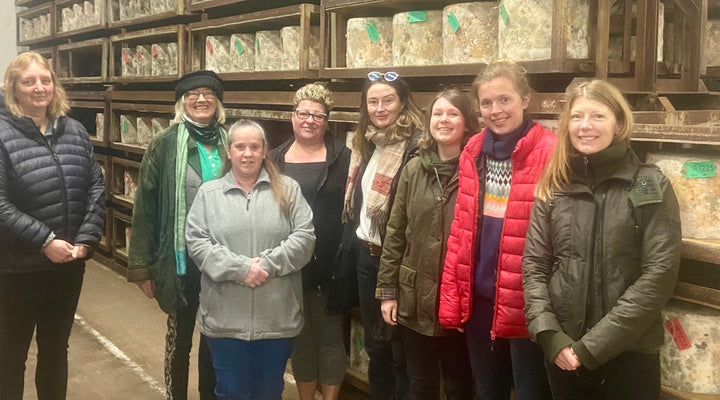Nature
January – hunkering down or springing shyly back into life? It is colder, as our enveloping ocean cools. It is even now appreciably brighter, as the sun lengthens its journey across the sky ever so slightly. The salad leaves in the polytunnel start firming and greening up. Even if I can’t perceive there is more light, except in my wishes, they do. The cheeky little chickweed and shepherds purse plants start to flower, taking their opportunity while bigger and more lumbering plants slumber still. The gorse never stopped flowering. Snowdrops think about flowering, and joy of joys, I found a little clump of violets. I caught a hint of the intense and personal scent on the air, and there they were so unexpected, deep purple flowers.
Walk over stubble fields, particularly ones with good hedges and margins, and you will hear the rustle of birds’ wings as they clump into groups, chaffinch, fieldfare, sparrows and starlings, all together for safety. The buzzards sit on telegraph poles or trees, and the flocks are where the buzzards aren’t.
Arable
The crops are more cheerful this year, despite the wet. We sowed them with our no till drill, and it feels like the soil stands up better to wet given we barely disturbed the soil to get them in. Instead of doing the soil care piece ourselves, we rely on the natural processes to keep the soil in good condition. Unsurprisingly it does that well, given it’s been doing it for millions of years before we came along. We just have to persuade it to grow the plants that feed us.
The grass has its annual rest from grazing. If it is warm, we will get a little bit of growth, maybe a few kilos over a whole hectare (about 2 ½ acres) but warmth brings too much wet to graze cows without damage to the soil. If it’s cold, there’ll be frost which does stop grass growing.
We do have heifers grazing on kale. With the dry summer, the kale was patchy, so the bales of whole crop wheat we dotted around at harvest time may not be enough to feed them. For almost the first time ever, we’re buying silage from neighbours with fewer animals or more summer rain. That gives us more confidence to grow more grass next year, knowing we can sell it. We did sell some straw we thought was surplus in the summer – just shows how the weather can catch you out.
Cows
The spring calving cows are now all on the fodder beet. Again, some of it grew well, and some struggled with the drought, so again we’ll top up the silage bales to make sure we don’t run out. The cows are on their holidays while their calves grow big in their bellies. There is a lovely late pregnancy calm, or it may just be the patience of animals waiting for spring.
The autumn cows are snuggled up in the cubicle house. It’s lovely seeing most of them lying in bed, chewing the cud, chatting to their neighbours. They get up, stretch, and wander out to the feed shed and eat the silage we lay out for them. When we make the silage, we mix the grass up with wheat feed and the maize up with oilseed rape meal to give them a more interesting and nutritious mix. Most of the cows are now in calf, just a few stragglers. These later ladies will get a beef bull, as their calves wouldn’t be born early enough to calve themselves at the right time of year. That way, the calves that are born come from the most fertile cows, who are the happiest in our system, and in turn will be the most fertile and suited to the farm.
Dairy
The cheese dairy is a little quieter with less milk. Plenty of time to mend racks, and care for the cheese as it matures, turning it, blowing it, and relarding if the rind looks too dry. The milk is good and well balanced. We are starting to sell whey to Gail’s Bakery for their scones: whey has gone from being only good for pig food to a health supplement and chef’s ingredient. It does make lovely scones!

